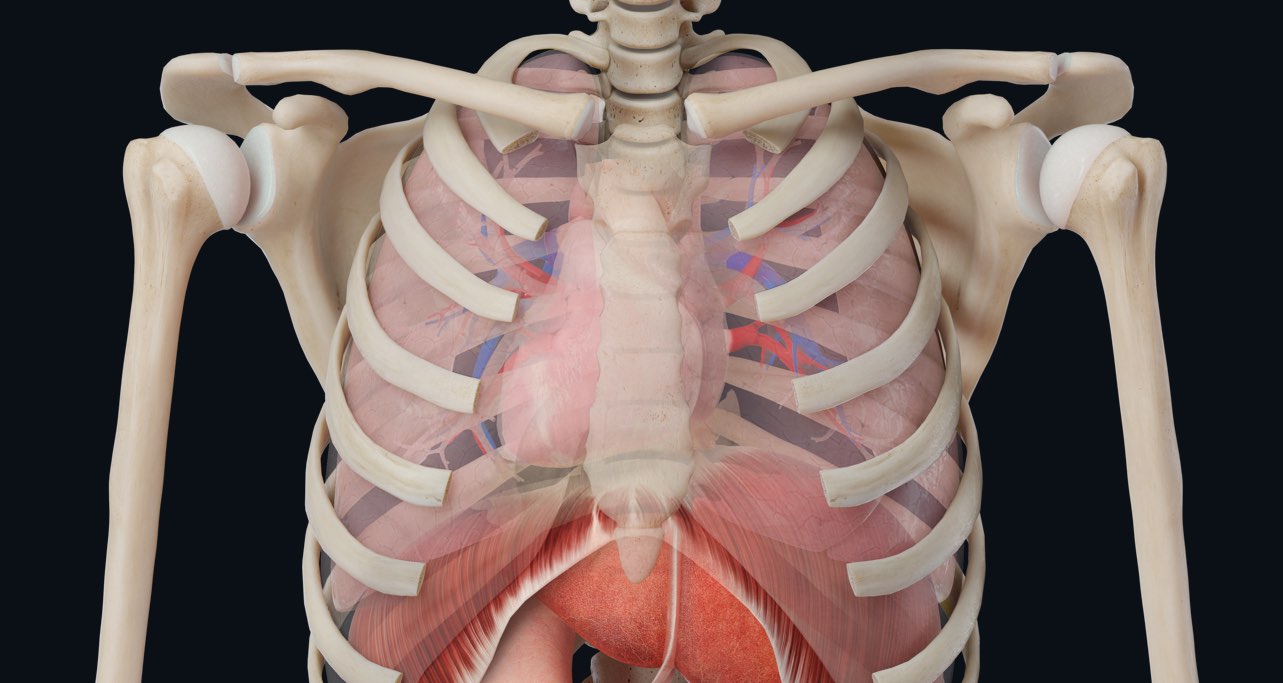
Picture this. An accident has occurred, and you are rushed to an emergency room where life sustaining surgery is required ?. Then, upon opening your thoracic cavity, doctors stop and look puzzled. At first everything looks normal. Upon further examination it is discovered that your heart is reversed from its normal position ??. This isolated case is known as dextrocardia. However, this condition can potentially apply to all organs in the body. When all visceral organs are reversed or mirrored from their normal positions, it is known as situs inversus.
This rare congenital condition effects 1 in every 10,000 births ?. In isolated cases most people experience no related health issues. However, when associated with other conditions such as Kartagenar syndrome or primary ciliary dyskinesia, it may result in bronchitis and a reduction in male fertility.
Some situs inversus patients do run the risk of having a congenital heart disease ?. The most common being a transposition of the great arteries. Instead of our main arteries arising from the heart and crisscrossing over one another, they lie parallel. The main ventricles of the heart are also inverted so that our main blood vessels arise from the wrong chamber. This condition can be detected prenatally or within the first hours/weeks of life from observing low oxygen levels in the blood. Corrective surgery shortly after birth is therefore the best treatment.
Luckily those with situs inversus become aware of this condition at a young age and are required to wear MedicAlert bracelets which describe their condition. Catherine O’Hara, Donny Osmond, and Enrique Iglesias are among the population who have this fascinating anatomical abnormality.
Explore the abdomen in the world’s most advanced 3D anatomy atlas, part of Complete Anatomy 2020. To get access to all gross and detailed models, try it for FREE today with a 3-day trial.
